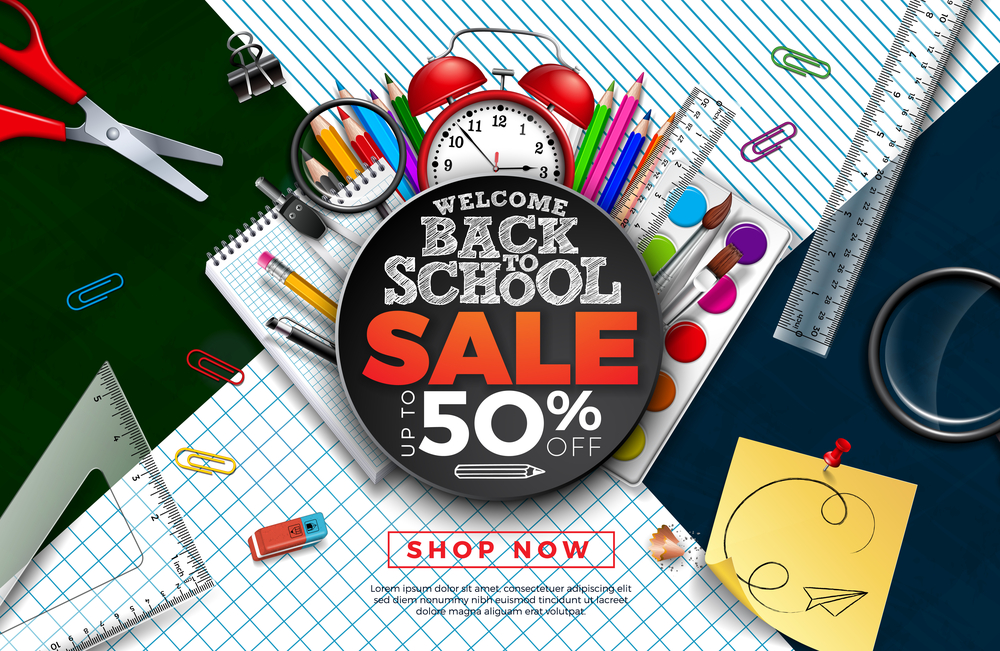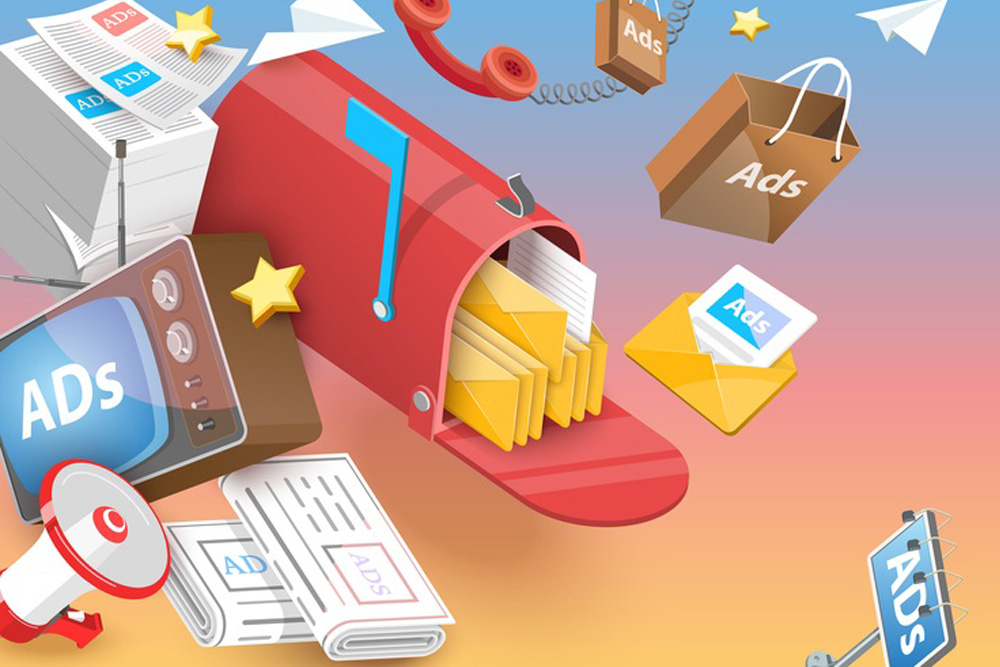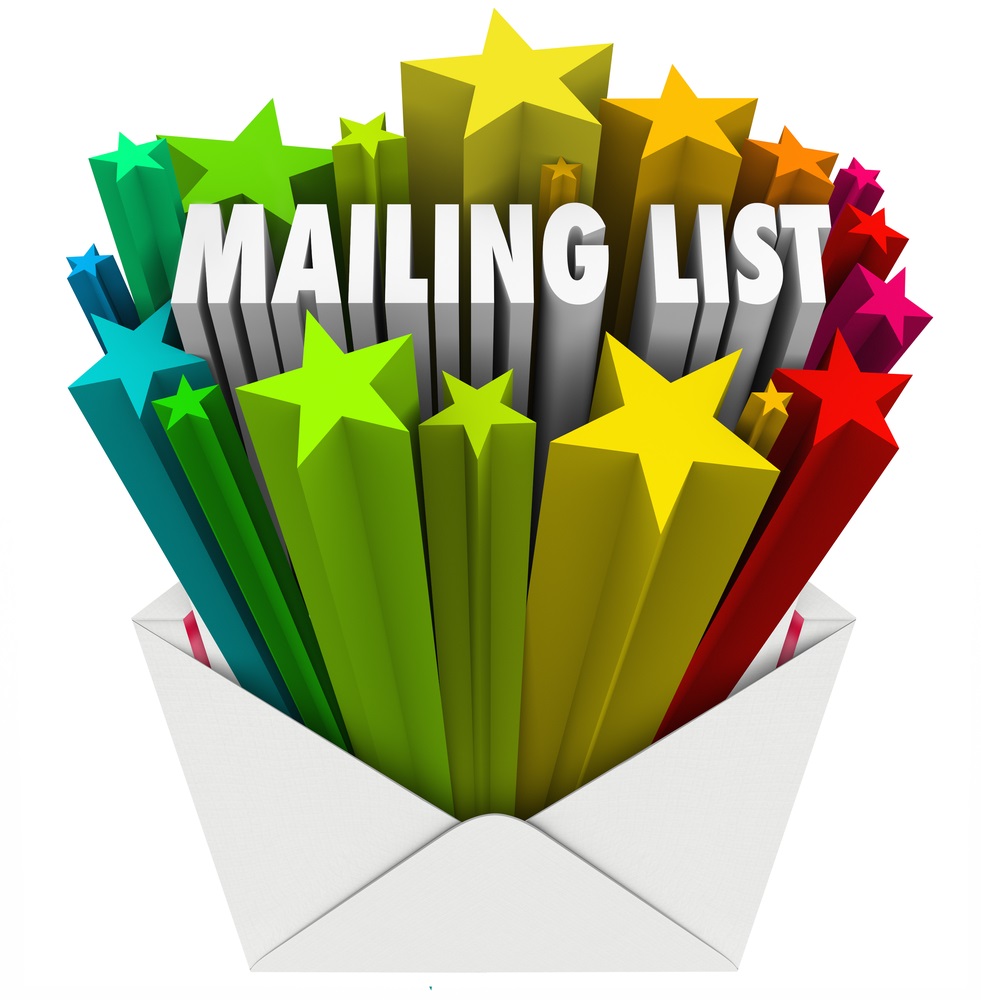As we move into July, we’re officially halfway through 2025—a perfect moment to pause and evaluate your marketing strategy. The first six months often fly by in a blur of campaigns, social posts, and client meetings, but stepping back now can save time, money, and effort in the months ahead.
Here’s how to conduct a practical mid-year marketing checkup to ensure your business stays on track to meet its goals by year’s end.
1. Revisit Your 2025 Marketing Goals
Start by pulling out the marketing plan you set back in January (or whenever you outlined your goals).
- Are your goals still relevant?
- Have there been market shifts, staffing changes, or new competitors that require adjustments?
- Are there any goals you’ve already achieved—or ones that now seem unrealistic?
Being honest about where things stand is the first step to finishing the year strong.
2. Review Key Metrics and Data
Next, look at the numbers. Focus on the metrics tied directly to your goals, such as:
- Website traffic and lead conversions
- Social media engagement and follower growth
- Email open and click-through rates
- ROI on paid advertising
- Sales numbers from marketing campaigns
Identify what’s working, what isn’t, and where there are unexplored opportunities.
3. Evaluate Your Content Strategy
Content is at the heart of most marketing efforts. Ask yourself:
- Are you consistently publishing fresh, relevant content?
- Which blog posts, videos, or social media content have performed best?
- Do you need to update older content to keep it relevant and SEO-friendly?
If your content calendar feels stale, now’s the time to brainstorm seasonal themes or new formats for the fall.
4. Audit Your Budget
Compare your actual marketing spend to your budget:
- Have you overspent in certain areas?
- Are there underused funds that could be redirected to campaigns with higher ROI?
- Is it time to invest in tools or platforms that could automate processes or improve results?
A mid-year adjustment can help you maximize your investment rather than waiting until the end of the year.
5. Gather Feedback
Customer and team feedback can offer insights data alone might miss.
- Ask your team: What do they hear most from customers? What marketing materials help them sell more effectively?
- Survey your customers: What topics interest them? Where do they engage most with your brand?
Real-world feedback can help refine messaging and guide your strategy for the rest of the year.
6. Refocus and Set Next Steps
Based on your checkup:
- Adjust or re-prioritize your marketing goals
- Plan campaigns around upcoming seasonal opportunities, like back-to-school or holiday promotions
- Consider new tactics, such as influencer collaborations, local partnerships, or short-form videos
Don’t forget to document these updates so you can revisit them in the fall.
In summary: A mid-year marketing checkup isn’t just about finding flaws—it’s about identifying strengths, pivoting where needed, and ensuring your marketing stays aligned with your business goals. By taking the time now, you’ll be better prepared to finish 2025 on a high note.
About the author: Autumn Edmiston is the CEO and owner of the Edmiston Group. The Edmiston Group is a multifaceted Pittsburgh-based marketing consulting firm providing senior-level marketing management services to businesses and non-profit organizations on a short or long-term basis. Core areas of service are business development strategies, website creation and management, social media management, marketing, strategic planning, and public relations. The Edmiston Group has consistently delivered and implemented real-world, proven business marketing ideas and strategies for business.











